Endoscopia (GI superior)
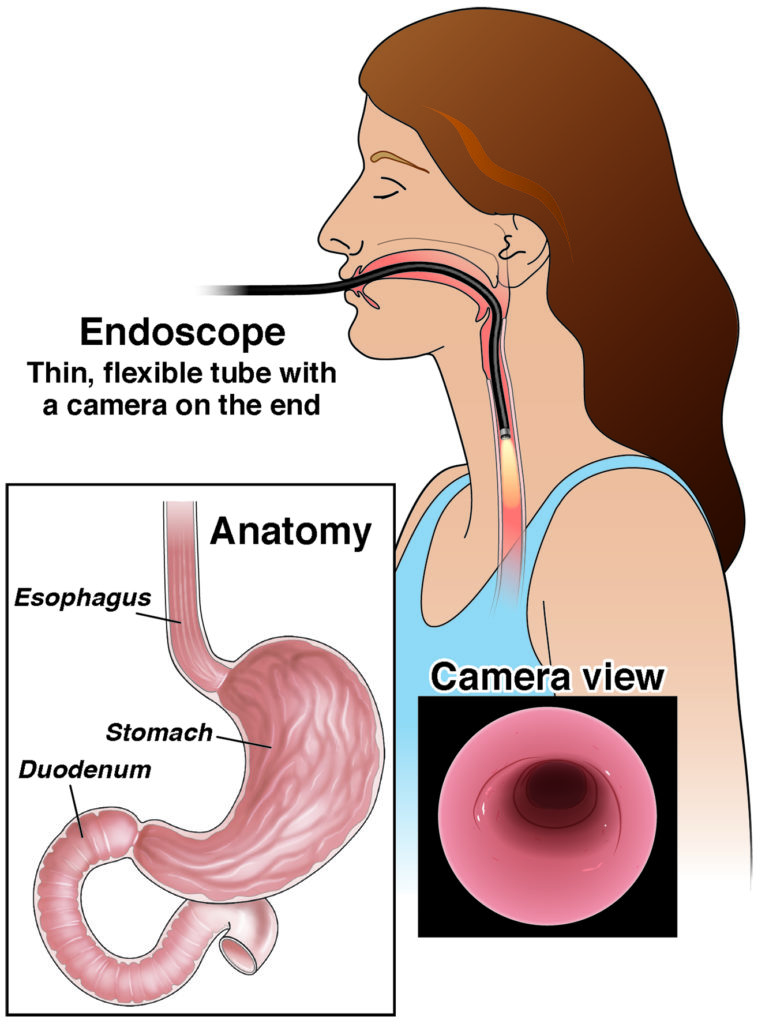
La endoscopia digestiva superior es un procedimiento para ver el tracto digestivo superior, que incluye el esófago, el estómago y el principio del intestino delgado.
Gastroparesia
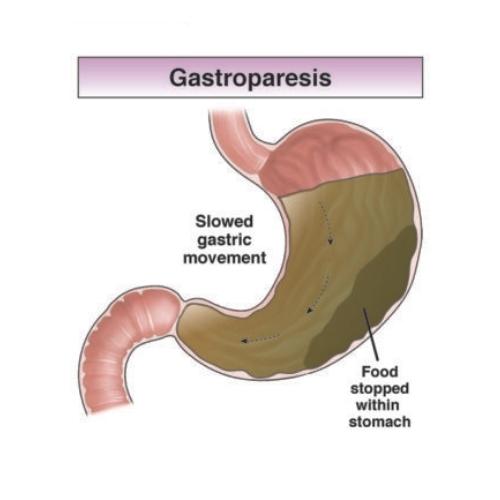
La gastroparesia o vaciado gástrico retrasado se produce cuando el estómago tiene problemas para eliminar su contenido, posiblemente debido a problemas con los músculos del estómago, los nervios o los nervios del cerebro y la médula espinal.
Reflujo gastroesofágico (GERD)
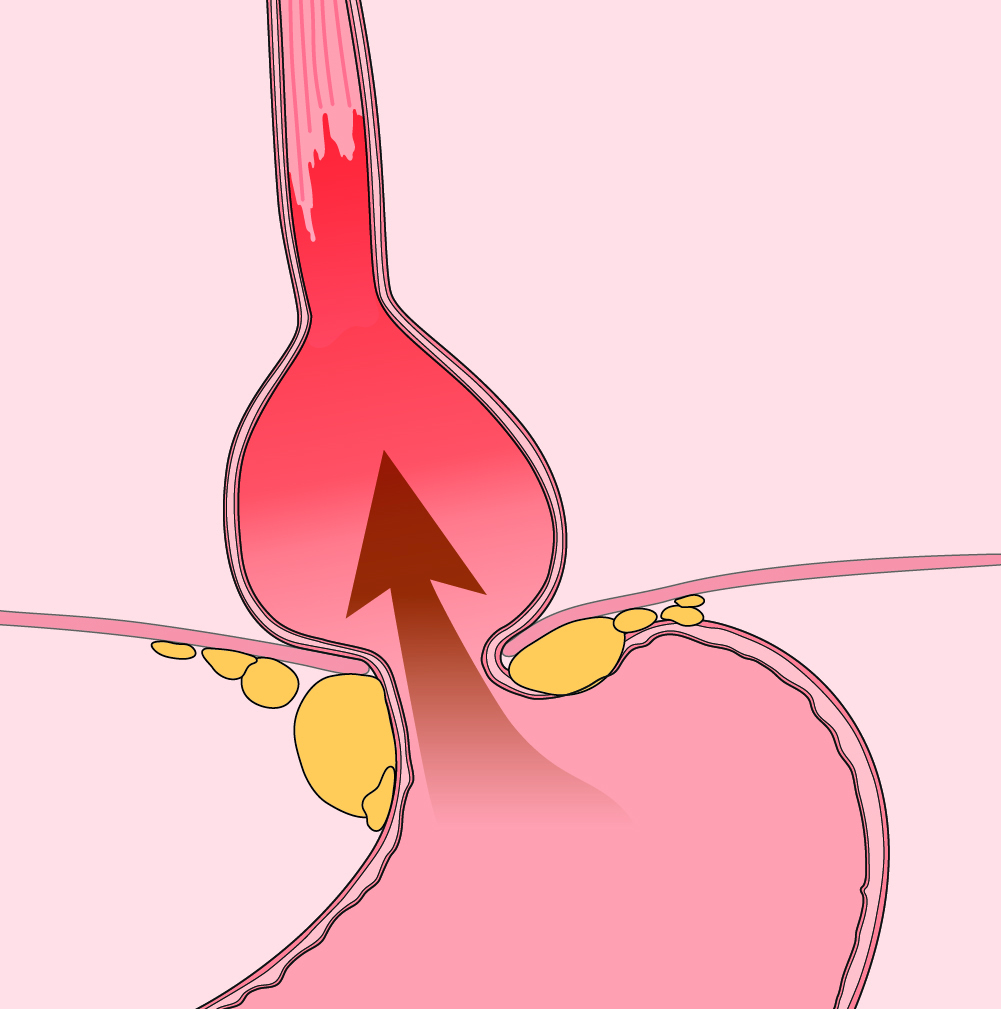
La enfermedad por reflujo gastroesofágico (GERD, por sus siglas en inglés), o simplemente reflujo ácido, es cuando el ácido del estómago regresa con frecuencia al esófago. Los síntomas de GERD pueden incluir acidez estomacal o indigestión.
Gentle GI nutrition
Also called the non-diet approach, this approach focuses on finding alternatives besides restrictive diets to help with GI symptoms.
Endoscopy (upper GI)

Upper GI endoscopy is a procedure to view the upper digestive tract, which includes the esophagus, stomach and beginning of the small intestine.
Gastroesophageal reflux disease (GERD)

Gastroesophageal reflux disease (GERD), or just acid reflux, is when stomach acid frequently flows back into the esophagus. Heartburn is the most common symptom of GERD.
Gas
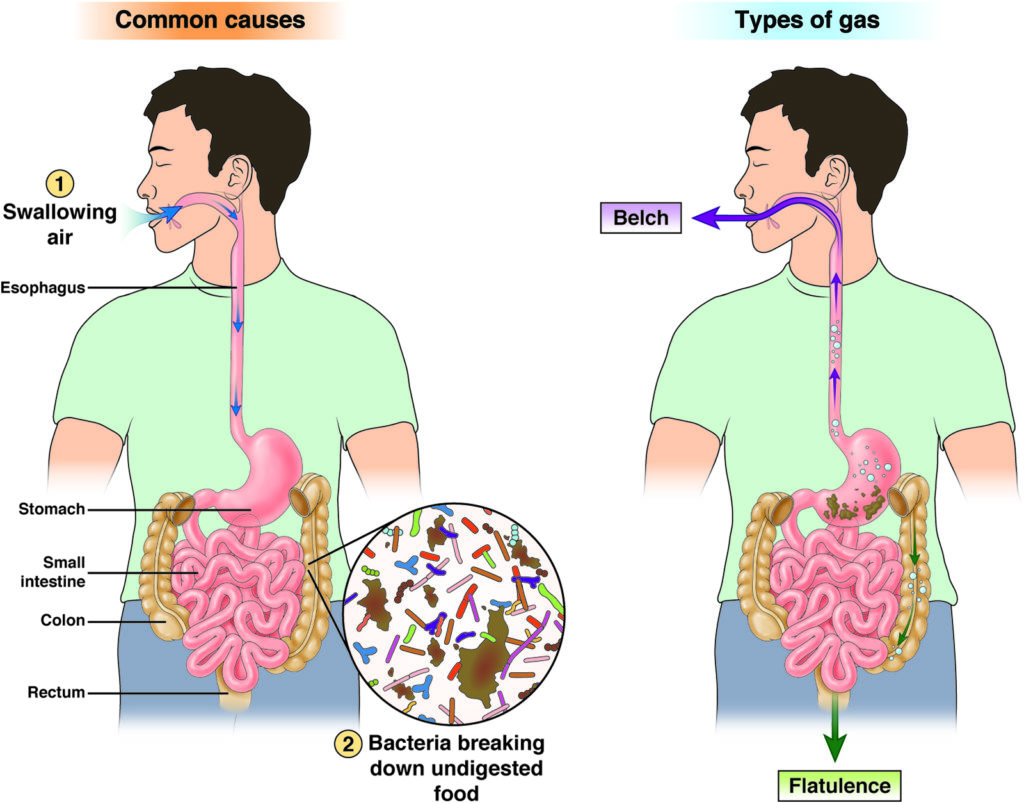
Gas is when air builds up in your small intestine and large intestine. Flatulence is when gas passes through the rectum and belching, or burping, is when gas passes through the mouth.
Gastroparesis

Gastroparesis or delayed gastric emptying is when the stomach has trouble clearing out its contents, possibly due to issues with the stomach muscles, nerves, or brain and spinal cord nerves.
Dyspepsia
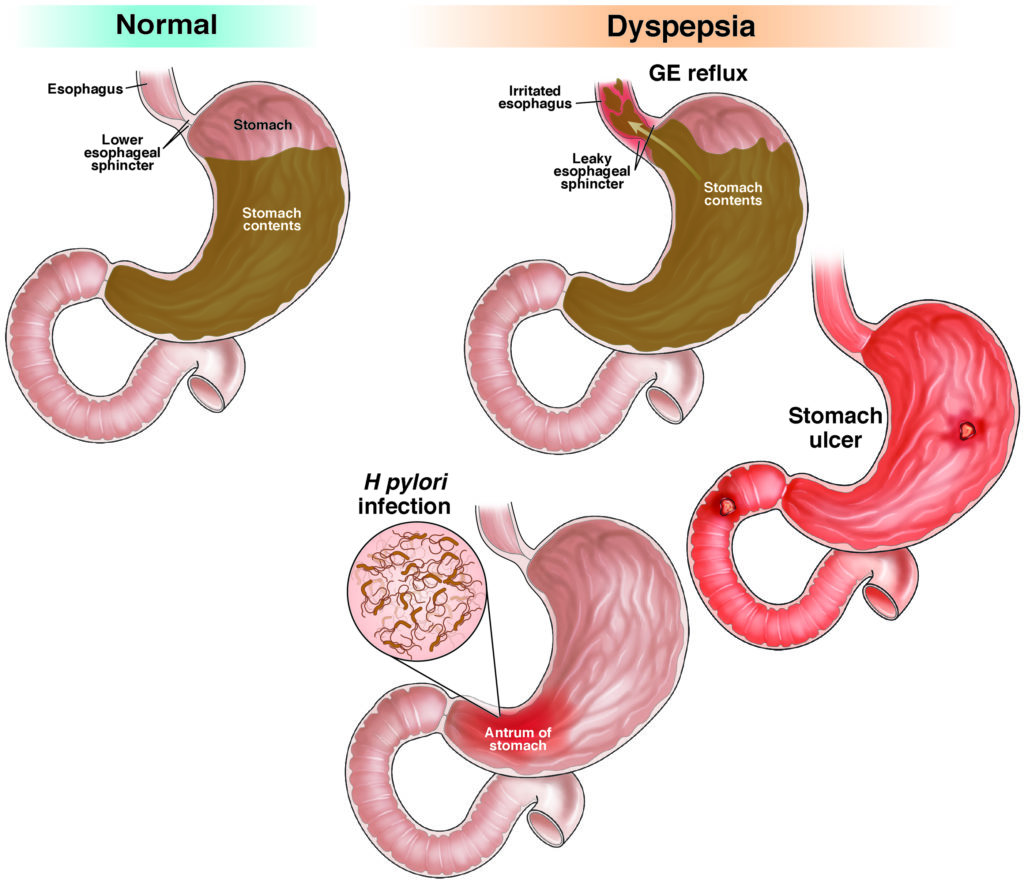
Dyspepsia, or indigestion, may cause upper abdominal pain, burning or heat, and the stomach feeling full during or after eating.
Barrett’s esophagus

Barrett’s esophagus is when the cells lining the esophagus — the tube connecting the mouth to the stomach — change into the cells lining the intestine. The test for Barrett’s is an endoscopy.


